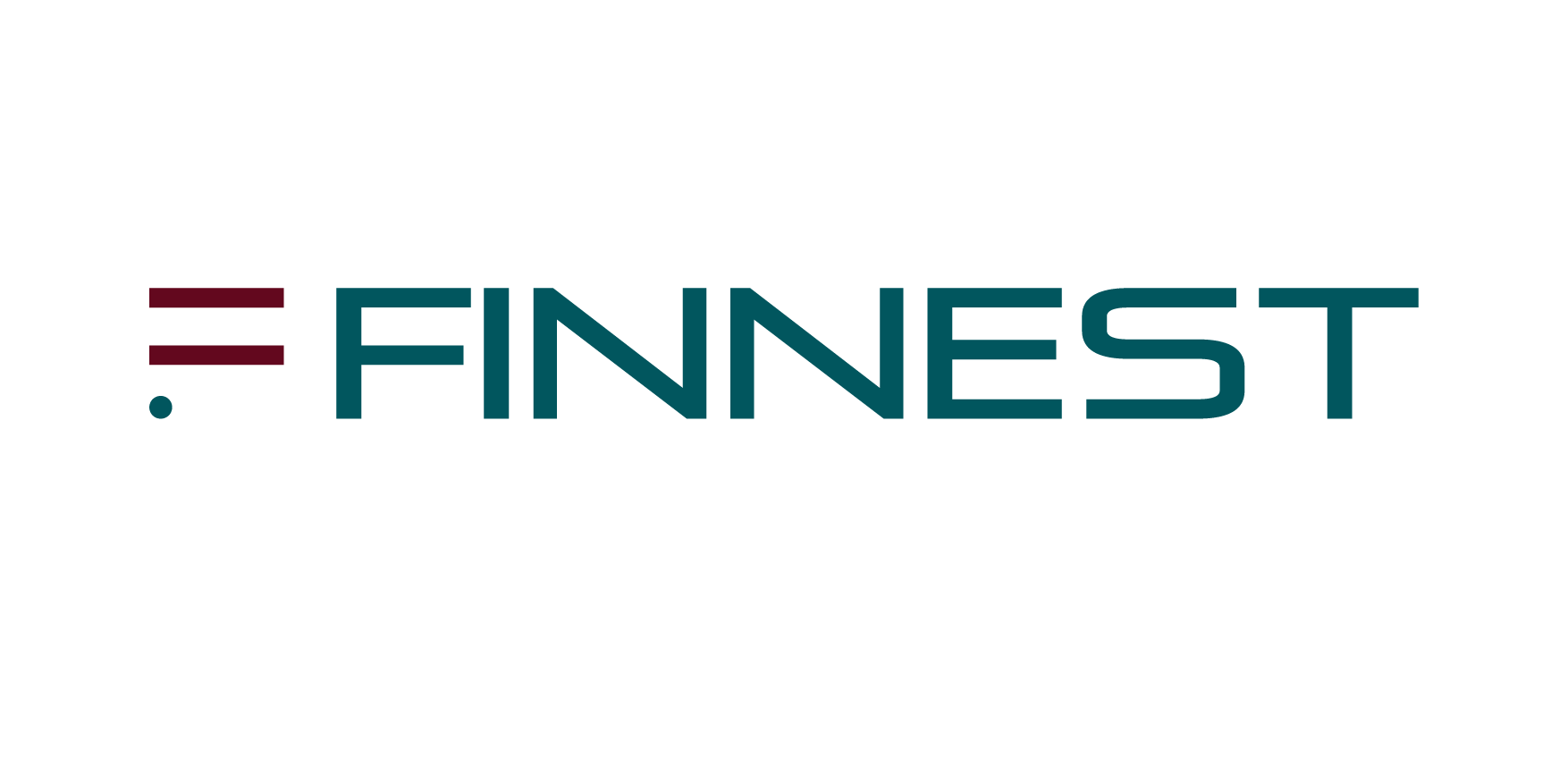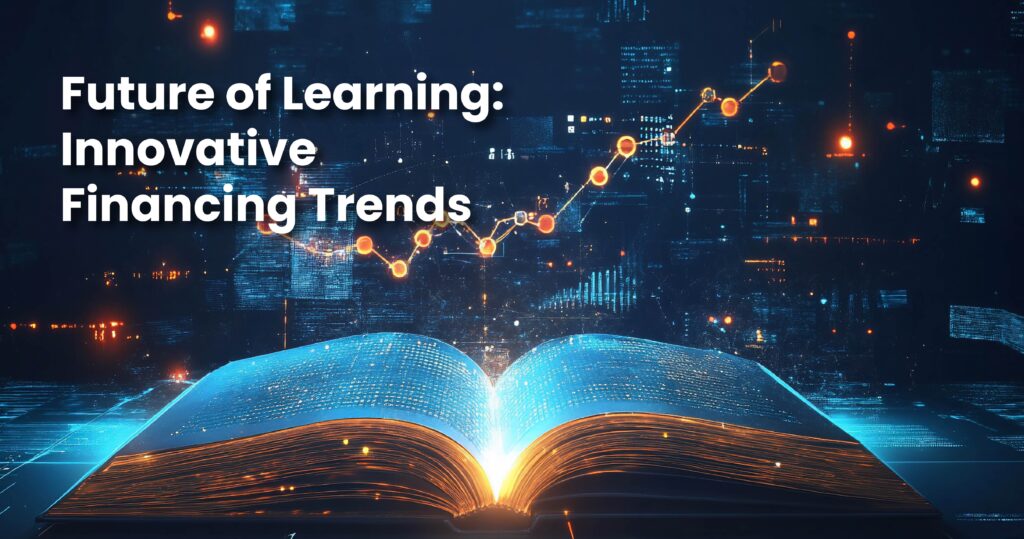Introduction
Technology has improved education, especially with innovative and more versatile teaching methods. Education is incredibly flexible now, ranging from the physical environment of a university to the virtual space of online classes. These changes go beyond the introduction of newer technologies. It also looks at how education is managed and funded to ensure inclusivity and fairness worldwide.
In the present advanced era of education, the need for innovative financing options is more important than ever. Educational shifts are happening more than ever right now, and the role of innovative financing is crucial. Traditional student loans and scholarships remain a necessity while the bubbling need for newer finance equipment remains active. This provides greater flexibility and possibly aligns with the student’s capabilities and needs. Ranging from income-share agreements, wherein students can pay tuition fees based on future earnings, to blockchain technologies ensuring transparent and secure transactions, the financial landscape of education is undergoing a profound transformation.
Section 1: The Shift in Global Education Trends
The landscape of global education is changing rapidly, driven by technological advancements, changing societal needs, and the increasing importance of a multicultural perspective in education. Here, we explore some of the most significant shifts in how education is being delivered and experienced around the world.
Subsection 1.1: Rise of Digital and Hybrid Learning
Digital learning is a new method to deliver education with the advent of the internet and other developments in technology. Not only is it a means to learn remotely during a crisis such as the COVID-19 pandemic, but unlike traditional classrooms, it also offers flexibility and ease to students willing to further their education. Hybrid models that combine online and in-person learning are proving to be particularly effective, offering the structure of traditional classrooms with the convenience of online access. For instance, the Global Education Market report states that fully online program enrollment has risen 36% over the last five years, suggesting that these programs are becoming more and more popular amongst the general population youths.
Subsection 1.2: Cross-Border Educational Programs
With globalization comes the phenomenon of borderless education. Not only are students looking to study in different countries, but they are also actively looking for opportunities that allow them to learn through multicultural engagement. Examples that facilitate an interconnected educational experience include international cooperative programs, dual programs, and remote learning classrooms. These programs are designed to help students increase their international exposure and prepare them for employment in a culturally diverse and globally engaged workforce. For example, the University of Sydney partners with several institutions worldwide to offer joint degree programs that allow students to gain diverse and rich educational experiences.
Section 2: Innovative Financing Methods in Education
As the demand for more flexible and inclusive education grows, so does the need for innovative financing solutions that can accommodate the evolving landscape. These methods not only ease the financial burden on students but also open up avenues for accessing quality education without the hefty price tag traditionally associated with top-tier programs. Here, we will explain some of the most innovative financial models that exist today that tackle the funding problem in education.
Subsection 2.1: Income-Share Agreements (ISAs)
Income-Share Agreements represent a radical shift from the traditional student loan system. Rather than paying upfront tuition fees, students pay a percentage of their income for a number of years post-graduation. The cost of education is effectively proportional to the value it creates. This system alleviates the financial burden for students who would otherwise be frightened of massive student loans. Purdue University’s “Back a Boiler” program is stridently popular, as payment responsibilities shift with the graduate’s income and even stop altogether if the graduate’s salary falls below a certain level.
Subsection 2.2: Blockchain in Educational Financing
Blockchain has become synonymous with transparency and artificial intelligence due to its drastic reduction of fraud in monetary transactions. Blockchain has the potential to streamline payments and secure student records, which makes it easier to finance education. For instance, platforms like Sony Global Education utilize blockchain to provide a universal ledger for student credentials, simplifying the verification process for educational qualifications across borders.
Subsection 2.3: AI-Driven Personalized Loan Offerings
AI is optimizing personalized banking, even in educational loans. For example, AI has the ability to assess a student’s financial history, education, and employability and develop loan packages that are suitable to their particular situation. This is not only making loan offers more personalized but also improving the speed and accuracy of the loan approvals. FinTech companies like Upstart are at the forefront, using AI to power their credit decisions and providing more tailored, fair, and accessible financing options for students.
Section 3: Case Studies of Innovation in Education Financing
In this section, we present the innovative approaches to education financing around the globe which enable and improve the learning processes. These case studies not only illustrate the effectiveness of new financial models but also showcase their impact on the accessibility and quality of education.
Subsection 3.1: Finnest’s Role
Finnest has played an important part in connecting students with their educational goals and providing appropriate financing if needed. With the use of modern financial technology like AI-powered evaluations and flexible payment systems, Finnest has granted a multitude of students the opportunity to further their education without the worry of conventional financing. For instance, Finnest provides partners with leading educational institutions tailored loans, which include not just the tuition fee but also living and travel expenses, ensuring the students can concentrate fully on their studies.
Subsection 3.2: Global Impact
These innovative financing models are making significant strides worldwide. For instance:
- Germany’s KfW Development Bank offers interest-free loans to students during their course, a model that is meant to lower the barriers for receiving higher education to almost anyone who would be willing to work toward it. This has substantially improved the rate of university enrollment throughout the country.
- In the United States, the Lambda School employs Income Share Agreements for teaching coding, which allows students to enroll in tuition-free programs. These students remit a percentage of their income after gaining employment, ensuring they only pay when they economically benefit from their education.
- In Africa, the startup M-Shule uses mobile technology to provide personalized education to students in remote locations. It collaborates with financial platforms to enable parents to pay fees using mobile money in small, affordable installments, thus overcoming the financial obstacles to regular school attendance.
Section 4: The Future of Education and Financing
Looking ahead, the blend between education and financing becomes increasingly regulated because of technology and a better understanding of educational demand. This section offers forecasts for what is believed to be the likely shifts in educational approaches as well as funding, detailing how learners, educational bodies, and education financiers can adapt to these shifts.
Subsection 4.1: Predictions for the Next Decade
The next decade is likely to focus more on personalization and flexibility in learning, as well as financing. Fully automated education systems are expected to integrate more technology to make learning less difficult and more personalized. Financing systems will also change to become more automated and easier with the use of data from different banks to offer better financing solutions.
- Greater Integration of VR/AR in Learning: The use of augmented and virtual reality technology has the capability of changing an entire learning paradigm by providing interactive experiences that enhance knowledge comprehension and retention.
- Expansion of Micro Credential Programs: With new changes in the labor force comes the need to have more specific skills, which will increase the popularity of narrowly tailored programs that require more fluid and short-term financing options.
- Increased Use of Smart Contracts for Education Loans: Blockchain technology will enable the use of Smart Contracts for the management of the specifications of education loans with the guarantee that there will be no breach of the terms of repayment, while no third-party supervision will be required.
Subsection 4.2: Preparing for Changes
Aiming for these trends, students and educational institutions need to be proactive. Students have to look for a more friendly educational provider and financer who will demonstrate willingness to adopt new technologies for better learning and financing.
- For Students: Seek to obtain a combination of skills that includes being computer-literate and being versatile. Look out for institutions that provide open-ended courses with appealing payment options and plans.
- For Institutions: Acquire assistance in developing more interactive and captivating methods of teaching through the use of modern technology. Collaborate with non-bank financial service providers to make modern financing opportunities available to students.
- For Financiers: Create new financial products that cater to the evolving world of education and employment. Analyze data to estimate risk and design products that suit various student populations.
Conclusion
Achieving the required level of integration between the delivery and financing of education warrants the adoption of more advanced technologies. Innovations in educational funding not only increase the accessibility of education but also ensure that it remains valuable in the face of global changes. Moving forward, the partnership between educational institutions, financial institutions, and information technology developers will be vital in creating an ecosystem that supports education in a robust manner.
Are you excited to take on new educational opportunities with full confidence of having a financial expert by your side? That’s exactly the confidence you get at Finnest! With flexible and transparent financing options, Finnest will help you unlock doors towards greater achievement for the modern student.
Frequently Asked Questions
What is innovative financing in education?
Non-traditional methods of securing loans help students to be confident and get more repayment options as opposed to traditional loan products. These include tools like income-share agreements, crowdfunding, and impact investing. These methods aim to expand access to educational opportunities and align investment returns with student success and broader educational outcomes.
How do income-share agreements work in education financing?
Income-share agreements (ISAs) allow students to fund their education by agreeing to pay back a percentage of their future income for a set period after graduation instead of paying traditional tuition fees upfront. This form of financing is contingent on the student’s success, as repayments are directly tied to their income level post-graduation.
What are the benefits of using blockchain technology in educational financing?
Blockchain technology offers transparency, security, and efficiency in educational financing. It can be used to create stable records for student credentials and to streamline the processing and disbursement of funds. Blockchain can also facilitate peer-to-peer financial transactions and automate contract enforcement, reducing overhead costs and enhancing trust among participants.


